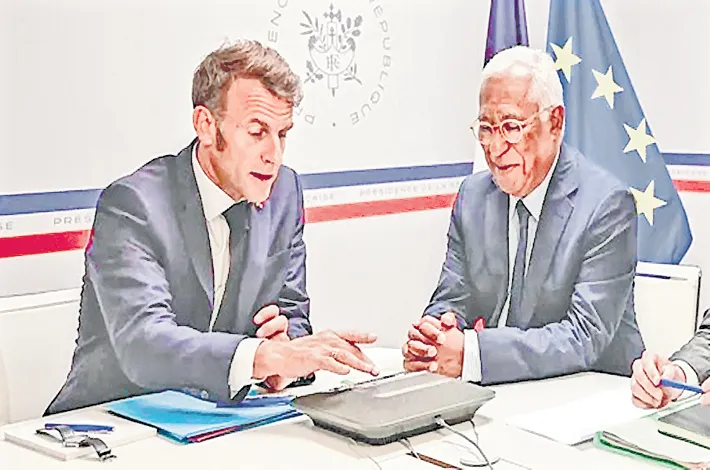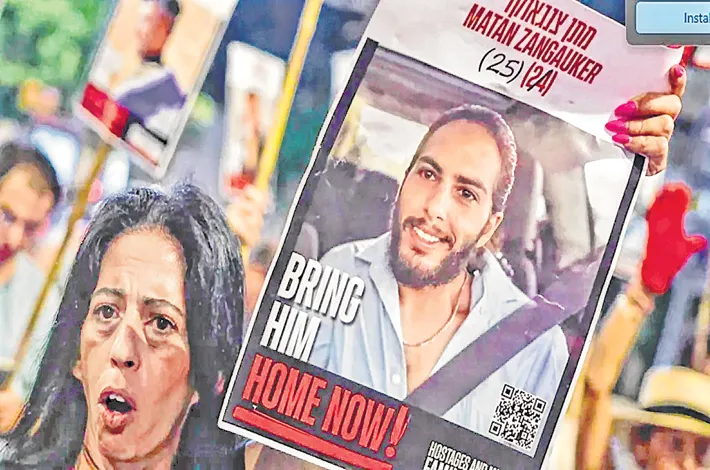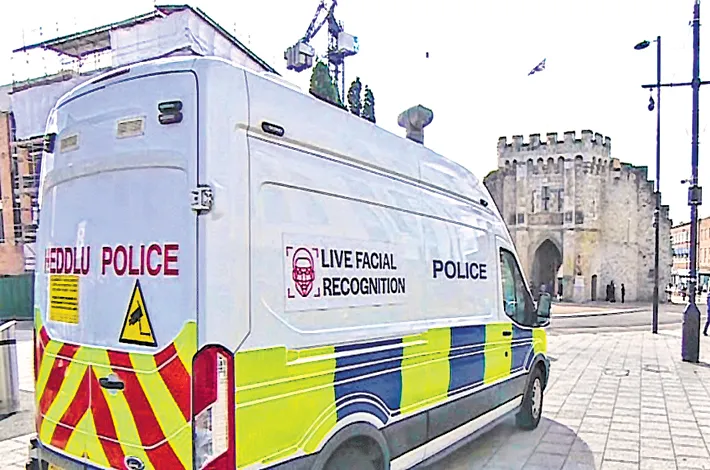Cycling to nowhere: the BKC’s short-lived cycling track
08-08-2025 12:00:00 AM

Planning and creating cycling tracks in a handful of areas like the BKC, in isolation from the rest of the city, was not sustainable
Cities are, always, a work in progress. Projects are planned and added, alignments are changed, and redevelopment becomes the norm. But, through all this, there should be a vision of what the city should be and who it should serve. The absence of a grounded, people-orientated vision is what we have seen unfold in Mumbai’s Bandra Kurla Complex (BKC) over the past week in the dismantling of 11 km of its cycling track. This has been done, ostensibly, to create more road space to address the traffic congestion and inexcusably long wait times at signals in the area.
The dismantling began on August 1 and was expected to take about a week as supporting infrastructure is moved to pavements and the tracks are integrated into the roads. The officials of the Mumbai Metropolitan Region Development Authority (MMRDA) have said that once the integration is completed, the added lane on BKC’s roads will increase traffic capacity by 600 to 900 vehicles, and the signal wait time may reduce from an average of 10 minutes to 7 minutes. The cost of dismantling is expected to be Rs 25 crore—for a track that cost Rs 6.25 crore to lay.
This might sound absurd, but there are questions more absurd than this. What was the purpose of this cycling track to begin with if the BKC was projected to be a high-end corporate hub with a few luxury residential towers and starred hotels in between? Who was the cycling track meant for, especially since it went round and round BKC only? Why did the original plan of covering 13 kilometres get truncated to 11 kilometres, which was inaugurated in 2011 but revived in 2014? Was it merely a top-down adornment in a corporate-residential complex planned on western models?
Importantly, if the cycling track was meant to provide first- and last-mile connectivity to lakhs of professionals who come to BKC every day to work, why was it an isolated piece of infrastructure without being integrated into any other mode of transport? The track did not even lead out of BKC, let alone lead to the nearest railway stations, such as Bandra and Kurla. How much more absurd can a piece of transport infrastructure be?
If the track was meant as cycling infrastructure for cycling enthusiasts in Mumbai—there are thousands of them who have been campaigning for cycling tracks in the city—then why create one track instead of a planned network of tracks, and that too in BKC, which is secluded from the rest of the city and not easily reachable from railheads? The BMC’s attempts to build one at Powai Lake came to naught for other reasons.
In BKC, slice it anyway, nothing adds up. User studies and data analysis should have been the basis of the decision to dismantle the cycling track, but the MMRDA and Mumbai’s politicians, who campaigned for its removal, preferred to use anecdotal experience instead of stating that not many cyclists were using it. There was money in planning and making the track; there’s more money in dismantling it to move cars faster in BKC, an area now frequented by the glam set and uber wealthy for its luxury retail outlets and cultural destinations, besides the professionals who come to work.
We can ignore this, even forget this, as yet another misadventure of the MMRDA; it does not even carry that big a cost. But it would be a mistake to do so because this is not merely about one ill-planned, non-integrated, ornamental cycling track in an upmarket area of Mumbai. It is about the fundamental approach and intent of state agencies and their planners to urban planning, to projects big and small, and to having a vision that’s shaped not merely by international templates of an ideal design for a high-end corporate-residential hub but responds to local realities and needs.
This, then, is emblematic of so many hits and misses and gaps in the transport infrastructure of the city. In fact, in other aspects too, but I am limiting it here to transport. Public transport like BEST buses is not considered worthy of investment. Cycling and walking, the most common mobility modes for the largest number of commuters in Mumbai, are similarly ignored. Cyclists and pedestrians far outweigh car users and two-wheeler riders. Yet, the walking and cycling infrastructure across Mumbai is non-existent—except in a handful of areas that still have adequate and unencumbered pavements.
Planning and creating cycling tracks in a handful of areas like the BKC, in isolation from the rest of the city, was not sustainable. While cycling enthusiasts in the city say their numbers have grown substantially in the years after the Covid-19 pandemic, there’s still no clarity on a ballpark number. But, besides the enthusiasts, there’s a large community out there every day, on the streets of Mumbai, that uses the cycle as a part of their daily grind to earn wages.
They need safety and space on the roads too. It is an utter failure of urban planning that cyclists, including school-going children, are forced to share road space with SUVs, buses, trucks, and construction vehicles. Equally critically, pedestrians must have adequate walking infrastructure in every area of the city—not merely in BKC or the wealthy quarters of south Mumbai. All this has to be a part of planning and design for the city. A cycling track cannot be fitted as an artefact in an area to upgrade that particular part of the city without an integrated plan and infrastructure for cyclists across Mumbai. This is the lesson from the erstwhile track at BKC—if planners can learn it.








